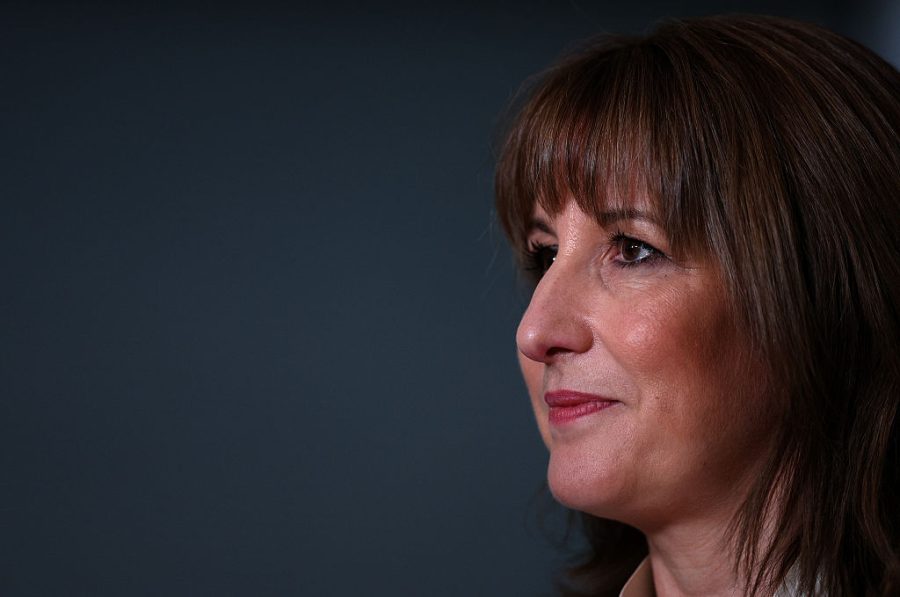It is 00.40 pm, 26 September 1983. Lieutenant-Colonel Stanislav Petrov, the duty commander in charge of monitoring the Soviet Union’s early warning satellites designed to identify American missile attacks, is carefully checking his panels. Suddenly, the alarms roar into loud action. The word ‘Launch’ flashes onto his screen in large red letters. For the next 15 seconds, one of the satellites reports that five American Minuteman missiles have been launched and are heading towards the Soviet Union.
Based in a secret bunker hidden deep beneath the woods just outside Moscow, Petrov is transfixed and stares at the screen in disbelief and shock. The automatic order to launch in retaliation is also sent to Soviet military commanders. But it is up to Petrov to verify whether the attack is genuine. He has seven minutes. That gives the Soviet president Yuri Andropov the time to order nuclear missiles to be fired against the United States in retaliation.
The similarity between today’s unease and 1983 does not stop at Putin’s nuclear sabre-rattling
Surrounded by dozens of incredulous colleagues, Petrov desperately hopes it is a false alarm. He frantically runs all the technical checks, again and again. But to his horror, the data and multiple verifications confirm the US nuclear attack had been launched. Time is running out. The minutes and seconds tick by. Officially, he should press the button in front of him which sends a coded message to Andropov that the US had started world war three. Andropov, a former KGB chief and hardline Cold Warrior, had long believed America planned to destroy the Soviet Union with its nuclear arsenal. This warning validates his suspicions. If his officials confirm the attack, he would almost certainly authorise the retaliation and 150 million American lives would be lost.
Just over 40 years on, the West is once again engaged in a new Cold War with Russia where, thanks to Vladimir Putin’s sabre-rattling, the threat of the use of nuclear missiles is real. The stakes were raised last month when the Russian President approved a new policy which means if Russia is attacked by any country backed by a nuclear state, a nuclear response would be triggered. The Kremlin has also issued chilling nuclear warnings throughout the Ukraine war. ‘Russia could retaliate [to use of US ballistic missile strikes] with weapons of mass destruction against Kyiv and key Nato facilities, wherever they are located’, said Dmitry Medvedev, deputy head of Russia’s security council.
For Sir Richard Dearlove, former chief of MI6, Russia is already in a hybrid war with the west (fake news, hacking, assassination attempts, arson plots). ‘The Russians think they are in a state of war with the whole of Europe,’ he said last week. ‘It’s an actual war which is not a military conflict but a hybrid war with the Russians involved in sabotage against the West and so it is a very dangerous situation.’
Fortunately, in 1983, Petrov, the military commander on duty that night, hesitated to respond to the flashing signal of a nuclear attack. He used common sense. Why would the Americans attack with only five missiles, he thought. And surely the Soviet ground-based radars should have detected them as they flew over the horizon. He wasn’t sure and so nervously declared the incident a false alarm. ‘I had a funny feeling in my gut,’ Petrov recalled years later. ‘And I did not want to make a mistake.’
The world was saved from catastrophe. It transpired the incident was not unique – the Soviet early warning systems were unreliable – but it was by far the most serious. ‘It was just one of several incidents during the Cold War that might have triggered a nuclear conflict,’ recounted Gordon Barrass, a former MI6 officer, in The Great Cold War – A Journey Through the Hall of Mirrors:
Although the US and the Soviet Union never engaged in direct military conflict, the Cold War was much more serious that most people imagine…The Cold War was a struggle, not a game of chess.
But the similarity between today’s unease and the near-miss of nuclear war in 1983 does not stop at Putin’s nuclear sabre-rattling. There is an uncanny resemblance with the previous Cold War thanks to the use and impact of misinformation and deception to needlessly raises tensions. For instance, in 2022, Russia falsely alleged that Ukraine was developing weapons of mass destruction in a laboratory with secret US assistance. In fact, the laboratory was being used to research dangerous diseases – not bioweapons. But the Kremlin’s false claims were backed by China, further ramping up tensions.
In 1981, Andropov, then KGB chairman, told his startled colleagues at a specially-convened meeting that the US was planning a nuclear first-strike attack which would obliterate the Soviet Union. In response, the KGB launched the largest intelligence operation in Russian history. Codenamed ‘Operation Ryan’, a Russian acronym for ‘nuclear missile attack’, its purpose was to collect intelligence to prove a nuclear onslaught was imminent.
In reality, Ryan was derived from the paranoid instincts and delusions of Andropov. The ‘attack’ was a myth and pressurised KGB officers resorted to bizarre methods to find ‘proof’, such as monitoring the price of blood at British blood banks – clearly a sign of the country preparing for mass casualties and stockpiling. Other suspicious activities included lights staying on late at night at the Ministry of Defence on Whitehall, and the frequency of meetings between prime minister Margaret Thatcher and the Queen. For the KGB, these were sure signs the UK was preparing for thermonuclear Armageddon.
Based on Orwellian neurosis, Operation Ryan was a classic case of spies manipulating the facts to prove a pre-conceived conspiracy theory. When a leaked US national security council report offered proof that the West’s nuclear arsenal reflected a defensive doctrine, the document was quietly suppressed by the KGB and not shown to the Kremlin. ‘Had the Soviets had better intelligence on the main adversary, it would have discovered the US government had no plans for a nuclear first strike,’ said former KGB officer Oleg Kalugin.
The KGB specialised in fabricating documents to persuade the West that the US was planning a global nuclear war. Forgeries and bogus letters to and from the Nato secretary-general and US defence officials were leaked, which suggested America was devising secret plans to secure more support for the use of nuclear weapons in western Europe. Signatures were faked and it did not matter that most of the forgeries were dismissed as hoaxes. If one fabricated document was accepted as genuine, that was good enough. It was like multiple drops of water falling on a stone.
Despite the absence of evidence, Ryan was maintained for most of President Reagan’s first term in office as it had the extra benefit of ‘informing’ the public that the US president was a warmonger. The operation was only abandoned when Andropov died in February 1984.
Forty years later, such malign tactics are alive and flourishing in Ukraine. In fact, Russian deception and influence operations are even more powerful in raising tension and the fear of nuclear escalation. Their modern incarnations are more terrifying, with greater range, speed and impact made possible thanks to new technology. As such, they can influence events on a frightening scale. A Chatham House analyst stated the firing of conventionally armed nuclear-capable missiles at Ukraine last month was accompanied by ‘mixed messaging with the potential for misinterpretation which could lead to decisions being made under false assumptions’.
‘The FSB is very active on social media, telegram channels and online forums and using these platforms to send out fake news and try to create panic among our people,’ said Valentyn Nalyvaichenko, former head of the Ukrainian security service. ‘They also send out messages to people through robotic messaging systems to make people panic.’ As the intelligence expert and author Edward Lucas observed: ‘Russia’s spymasters are now using not only old tools against us, but also new ones of which their Soviet-era predecessors could only have dreamed.’
In 1983, an intelligent, honest and independently-minded Russian defence official saved hundreds of millions of lives from nuclear obliteration. Let’s hope there are like-minded individuals working in that same secret bunker near Moscow who will make the same decision, despite Putin’s nuclear rhetoric and chilling threats.







Comments